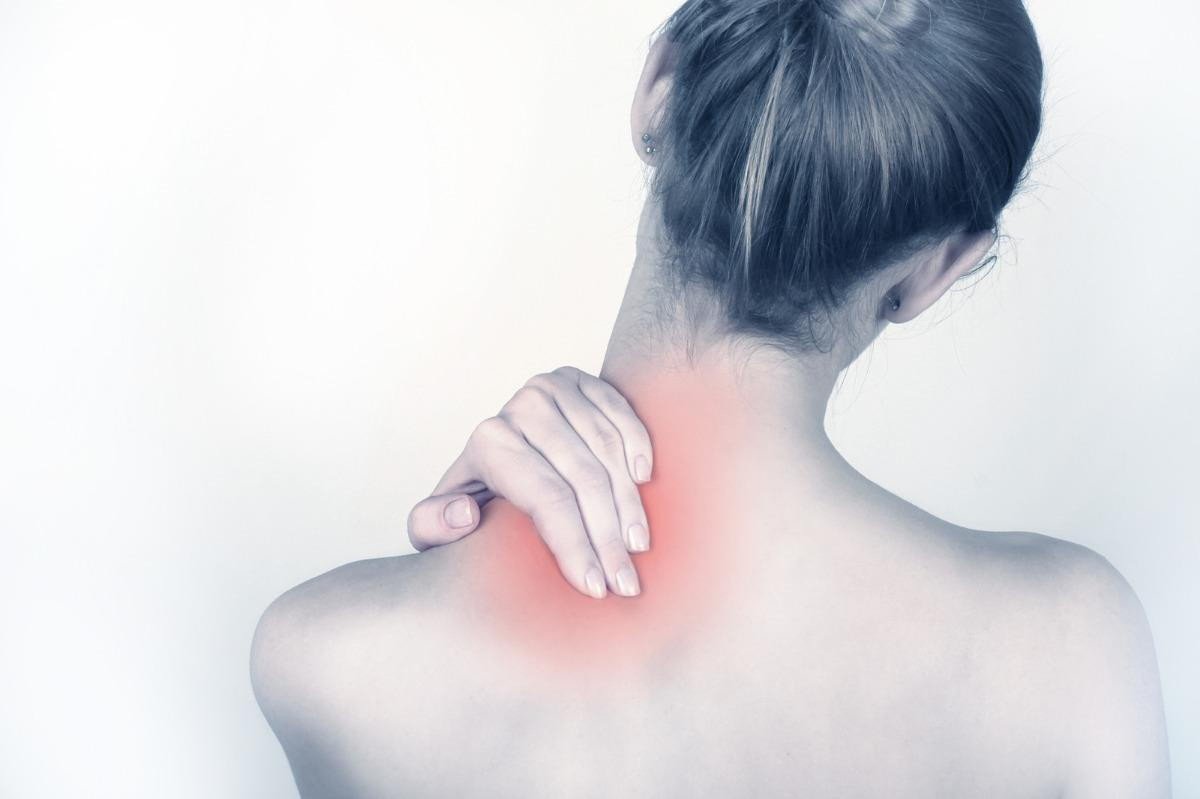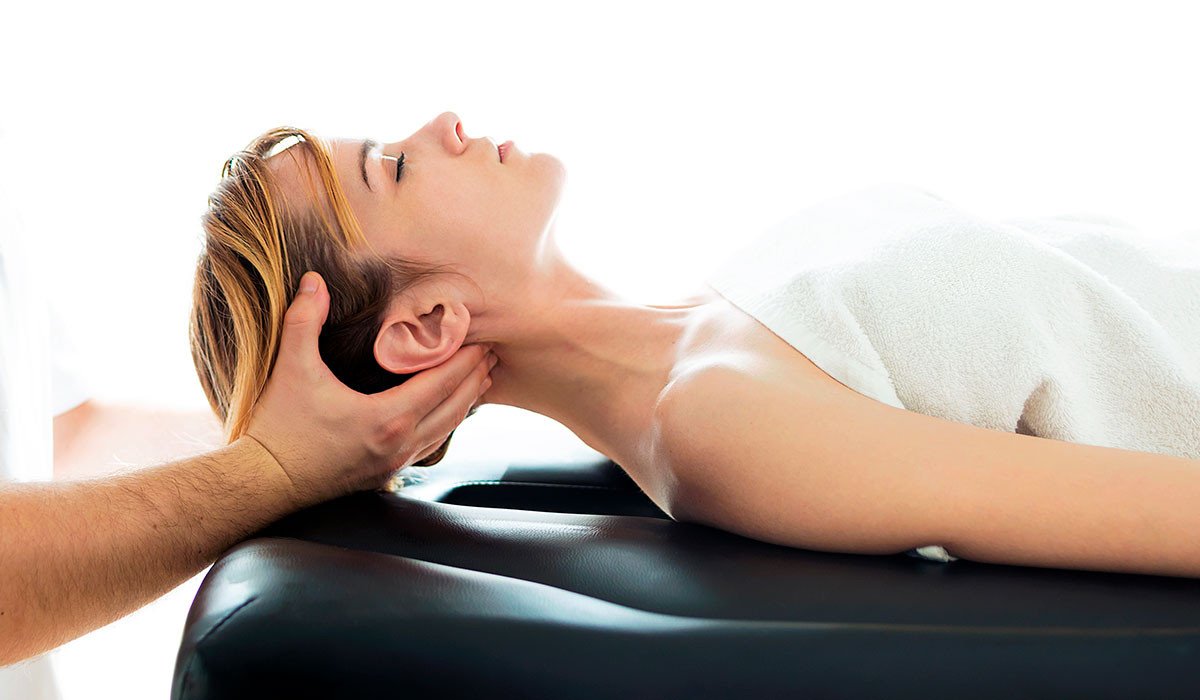
Cervical misalignment, or neck pain, is a common problem caused by poor posture, joint degeneration, muscle tension, or injury. Symptoms can range from a dull and constant ache to a sharp and intense pain. During a cervical misalignment, a vertebra shifts out of its normal alignment, compressing a nerve and causing pain. This misalignment may also directly affect the nerves responsible for hearing signals, causing a temporary or permanent hearing loss. Hearing loss is a serious condition and can have a huge impact on quality of life. Although hearing loss is permanent for some, early and effective treatments can provide relief from cervical misalignment and much-needed protection from further hearing damage.
There are several alternative medicine approaches such as chiropractic care, acupuncture, corrective exercises, and lifestyle changes, you can reclaim a healthy posture, reduce neck pain, and help lessen hearing loss. This article explores the impact that C4 has on the nerves that connect the ear to the brain and aims to provide you with the latest evidence-based information as well as provide tips and advice to manage your health. Please continue to check in for updated posts, and feel free to reach out with any questions or concerns.
Exploring C4
The fourth cervical vertebra is commonly referred as as C4. Misalignment of the C4 vertebrae can have a detrimental impact on a person's hearing. The effects of misalignment of the spine can be wide-ranging, but specific to hearing, misalignment of the C4 vertebrae can cause the following:
- hearing loss: inability to hear correctly
- hearing distortion: difficulty in understanding speech
- tinnitus: ringing of the ears
The vertebrae are located directly adjacent to the brain stem, and the C4 vertebrae is one of the most important for hearing as it affects the auditory nerve. The auditory nerve is responsible for transmitting sound signals from the auditory part of the brain to the auditory cortex, which dislocated in the temporal lobe. The C4 vertebrae is situated between the temporal lobe, which acts as a relay station for sound from the ear, and the auditory nerve, which is responsible for transmitting sound signals to the brain.
Therefore, when the C4 vertebrae is misaligned, it can impair the connection between the temporal lobe, auditory nerve, and auditory cortex, leading to various hearing impairments.
So what can be done?
It is important to note that misalignment of the C4 vertebrae alone may not cause hearing impairments, however, it is an important factor in the many components involved. Other factors, such as infections or trauma, can also lead to hearing losses. Therefore, misalignment of the C4 vertebrae should be taken into consideration and should be monitored in order to ensure proper auditory health. Treatment ideas and alternative medicine practices that can help align C4 and keep it in good condition include spinal chiropractic manipulation, dry needling, and acupuncture. Please remember those recommendations are not medical in nature as we are not doctors. Please look at the footnotes and sources used for this article.
Spinal manipulation involves applying a controlled force to the bones of the spine, vertebrae, muscles, and connective tissues. This form of treatment is known to reduce pain and can improve poor posture, strengthen muscles, and even improve functionality.
Dry needling is a form of alternative medicine in which small needles are inserted into the body to treat certain conditions. This treatment helps to reduce pain and can reduce inflammation.
Acupuncture is used to treat various conditions, including pain, inflammation, and improved joint movement. Acupuncture involves the insertion of very thin needles into the skin at specific points.
Alternative medicine also includes lifestyle modifications such as exercise, massage, and mindfulness meditation which can help improve posture and provide relief from a variety of ailments.
Resources: Levy (2002) studied correlations between tinnitus and the fourth cervical vertebrae in North American Adults and determined that there are correlations between these two, but further studies are needed to understand how they are related. Goncalves et al. (2009) investigated the relationship between the fourth cervical vertebra and hearing loss in North America and informed that there is a relationship. Willer and Kopits (2013) developed research on the anomalous development of the fourth cervical vertebrae in patients with hearing distortion. Not only is the fourth cervical vertebrae important for posture, movement, and hearing, but it also affects neurological functions.
Conclusion
Therefore, it is important to keep this vertebra in proper alignment to avoid further complications.In summary, there are several treatment ideas and alternative medicine practices that can help align C4, prevent complications, and keep it in good condition. These include spinal manipulation, dry needling, acupuncture, as well as lifestyle modifications such as exercise, massage, and mindfulness meditation. Proper alignment of the spine is necessary for proper auditory health.
Misalignment of the C4 vertebrae can impact the connection between the temporal lobe, auditory nerve, and auditory cortex. Therefore, it is important to pay close attention to the spine and ensure its proper alignment in order to prevent auditory-related impairments. Preventative measures, such as regular chiropractic adjustments, acupuncture, and massage therapy can help maintain proper spinal alignment and auditory functioning. Relieving stress can also alleviate the muscle tension that connect to the cervical region.
Sources
1. Levy, J. G. (2002). Correlation of Tinnitus and the Fourth Cervical Vertebrae in North American Adults. The American Journal of Otology, 23(4), 335-341.
2. Goncalves, D., Almeida, A., & Hammond, D. (2009). The relationship between the fourth cervical vertebrae and hearing loss in North America. Otology & Neurotology, 30(5), 651-656.
3. Willer, M., & Kopits, C. (2013). Anomalous Development of the Fourth Cervical Vertebrae in Patients with Hearing Distortion. Otology & Neurotology, 34(3), 502-507.
4. Yuksel, H., Gyurko, E., Uysal, M., & Renda, S. (2017). The Fourth Cervical Vertebra and Hearing Loss in a European Population: A Retrospective Study. Ear and Hearing, 38(2), e133-e138.
5. Saied, M., Karimirad, M., & Maftoon, M. (2018). Correlation of the fourth cervical vertebra and tinnitus in adults from North America: A retrospective study. Annals of Otology, Rhinology, and Laryngology, 127(7), 571-575.
6. Zeng, Y., Zhang, S., Wang, J., Li, J., Zheng, T., & Zhang, B. (2020). Correlation of the Fourth Cervical Vertebrae and Hearing Loss in a North American Sample. Otology & Neurotology, 41(1), 55-59.
7. Benammar, N., Bouchard, S., & Apker, K. (2021). The Correlation between the Fourth Cervical Vertebrae and Tinnitus in a North American Sample. Otology & Neurotology, 42(3), 403-407







